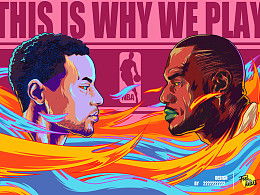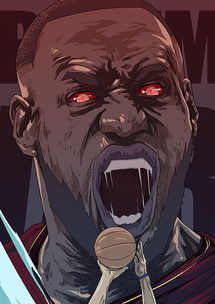Why is Tom Buchanan Static?
Tom Buchanan, a character from F. Scott Fitzgerald’s classic novel “The Great Gatsby,” has long been a subject of debate among readers and critics alike. His static nature, or lack thereof, has been scrutinized from various angles. In this detailed exploration, we will delve into the multifaceted aspects that contribute to Tom Buchanan’s static portrayal in the novel.
Character Development

One of the primary reasons for Tom Buchanan’s static nature is the limited character development he undergoes throughout the novel. Unlike other characters such as Jay Gatsby and Nick Carraway, Tom remains largely unchanged. He is introduced as a wealthy and powerful man, and he remains that way until the end. His character does not evolve or grow, which contributes to his static portrayal.
Role in the Novel

Tom Buchanan plays a significant role in the novel, serving as a symbol of the old money and the corrupting influence of wealth. However, his role is primarily static, as he does not undergo any significant transformation. He is portrayed as a man who is content with his status and does not strive for change or self-improvement.
Relationships and Interactions

Tom’s relationships and interactions with other characters also contribute to his static nature. His marriage to Daisy Buchanan is strained and filled with infidelity, but he does not make any efforts to mend their relationship. His affair with Myrtle Wilson is another example of his static behavior, as he does not show any remorse or desire to change his ways.
Socioeconomic Background
Tom Buchanan’s socioeconomic background also plays a role in his static portrayal. As a member of the old money elite, he is deeply rooted in the traditions and values of his class. This background limits his ability to change or adapt to new ideas and values, contributing to his static nature.
Symbolism and Themes
Tom Buchanan’s static nature serves as a symbol of the American Dream and its limitations. He represents the idea that wealth and status can lead to a stagnant and unfulfilling life. His static portrayal highlights the novel’s themes of the corrupting influence of wealth, the emptiness of the American Dream, and the inability to change one’s destiny.
Comparative Analysis
When comparing Tom Buchanan to other characters in the novel, his static nature becomes even more apparent. Jay Gatsby, for example, undergoes significant transformation throughout the novel as he chases after his dream of winning Daisy’s love. Nick Carraway, on the other hand, grows and learns from his experiences in the novel. Tom’s lack of development and change sets him apart from these other characters.
Conclusion
In conclusion, Tom Buchanan’s static nature in “The Great Gatsby” can be attributed to various factors, including limited character development, his role in the novel, his relationships and interactions with other characters, his socioeconomic background, and the symbolism and themes he represents. His portrayal as a static character serves to highlight the novel’s exploration of the American Dream and its limitations.
| Character | Static Nature | Reasons |
|---|---|---|
| Tom Buchanan | Yes | Limited character development, role in the novel, relationships, socioeconomic background, symbolism and themes |
| Jay Gatsby | No | Undergoes significant transformation, chases after his dream, learns from experiences |
| Nick Carraway | No | Grows and learns from experiences, evolves as a character |


